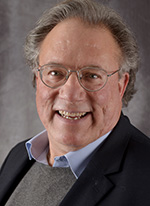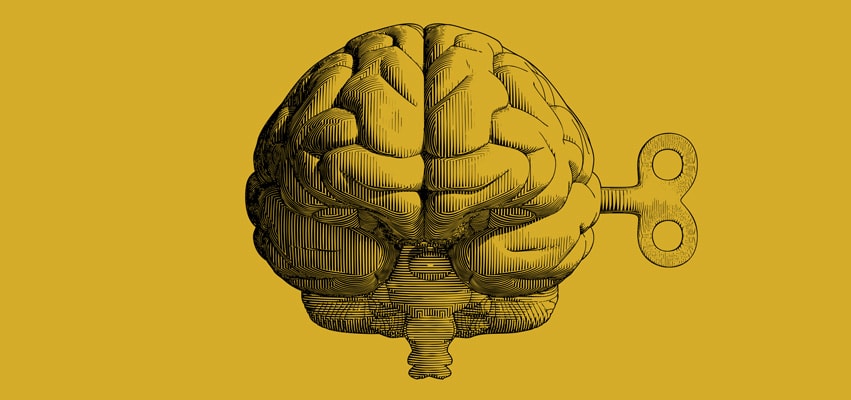Central Illinois can boast key contributions to revolutionary innovations. A list of inventors could be topped by the Duryea brothers, the first Americans to design, produce and market a gasoline-powered automobile. Developments here would be highlighted by the mass production of penicillin, which helped win World War II and radically improve modern medicine.
But there are others who made important contributions to their fields. The following is a list of Peoria-born visionaries whose names probably don’t ring a bell, but their work changed the world in ways big and small.
RICHARD A. WHITING
NOV. 12, 1891 – FEB. 19, 1938
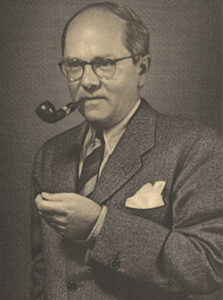
Richard Whiting was born into a musical family. His father, Frank Whiting, was a realty agent and gifted violinist, while his mother, Blossom Whiting, was a piano teacher. After graduating from high school in Los Angeles, Richard Whiting went into vaudeville, then turned to songwriting, churning out pop hits during the earliest days of recorded music.
Though contemporaries such as Irving Berlin created relatively complex arrangements influenced by jazz, Whiting opted for a simpler style that often seemed catchier to the average listener. His hits included the standards “Hooray for Hollywood,” “Ain’t We Got Fun” and “On the Good Ship Lollipop.”
In 1936, he was nominated for an Oscar for Best Original Song with “When Did You Leave Heaven?” from the movie “Sing, Baby, Sing.” He was inducted into the Songwriters Hall of Fame as part of its inaugural class, in 1970.
GEORGE D. SAX
APRIL 14, 1904 – MARCH 12, 1974
Sax did odd jobs to put himself through Brown’s Business College, later Midstate College, and eventually went into banking. In 1944, he bought a controlling interest in Halsted Exchange National Bank in Chicago, where he pioneered drive-through banking. He also oversaw the inception of instant loans and open credit accounts.
In 1965, he received the Horatio Alger Award, which honors people – including the lofty likes of Dwight Eisenhower, Ronald Reagan, Gerald Ford, Ray Kroc and Buzz Aldrin – who rose from humble beginnings to great success.
LEE GARMES
MAY 27, 1898 – AUG. 31, 1978
Garmes left Peoria for Hollywood, where he became one of the few cinematographers whose careers stretched from silent films to the modern era. Garmes worked with the directors Howard Hawks and Alfred Hitchcock, and filmed a considerable portion of “Gone with the Wind.”
Toward the end of his life, he became one of the early proponents of video technology. In 1972, Technicolor hired him to shoot the short film “Why,” a prototype to test if video would be used for feature films. Today, more than 90 percent of major releases are shot on video.
ELEANOR JACK GIBSON
DEC. 7, 1910 – DEC. 30, 2002
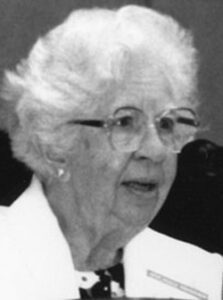
Eleanor Jack was born into a middle-class family. Her father sold hardware and her mother was a homemaker. At Smith College, she was drawn to psychology, a field fraught with gender discrimination. Still, she made great contributions to the field, sometimes with her psychologist husband, James Gibson.
She is most renowned for her famous “visual cliff” experiments – how far would babies crawl to what looked like a cliff when called by their mothers? — that led to a new understanding of perceptual development in infants. In 1992, President George H.W. Bush awarded her the National Medal of Science.
JAMES G. GLIMM
BORN MARCH 24, 1934
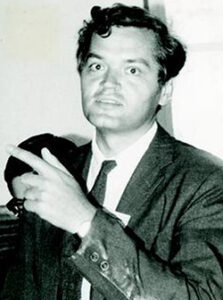
As a boy, Glimm relocated with his family to New Jersey. In 1959, he earned his doctorate in mathematics from Columbia University and eventually joined Stony Brook University, where he remains to this day. He has made award-winning contributions in the areas of nonlinear analysis and quantum field theory.
The U.S. Department of Energy adopted Glimm’s front-track methodology for shock-wave calculations. In 2002, President George W. Bush awarded him the National Medal of Science.
PATRICK H. WINSTON
FEB. 5, 1943 – JULY 19, 2019
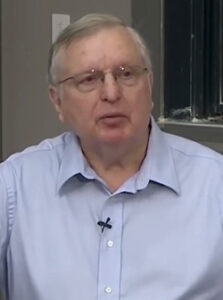
Even as a boy, Winston was curious about science and technology, including how each could explore what it means to be human.
After earning his doctorate at Massachusetts Institute of Technology, he joined the faculty of the Department of Electrical Engineering and Computer Science in 1970. From 1972 to 1997, he served as the director of the MIT Artificial Intelligence Laboratory. His studies led to keen insights into the nature of communication. His “How to Speak” lecture, now available on YouTube, became a 40-year tradition at MIT.
PHOTO CREDITS
RICHARD A. WHITING: (Sanborn96) and other considerations:
https://commons.wikimedia.org/wiki/File:Richard_A._Whiting.jpg
ELEANOR GIBSON: Association for Psychological Science:
https://commons.wikimedia.org/wiki/File:Eleanor_Gibson_(1993).jpg
JAMES GLIMM: (Konrad Jacobs) and other considerations:
https://commons.wikimedia.org/wiki/File:James_Glimm.jpg
PATRICK WINSTON:
https://www.youtube.com/watch?v=Unzc731iCUY
and other considerations:
https://commons.wikimedia.org/wiki/File:Patrick_Winston_2018.jpg
